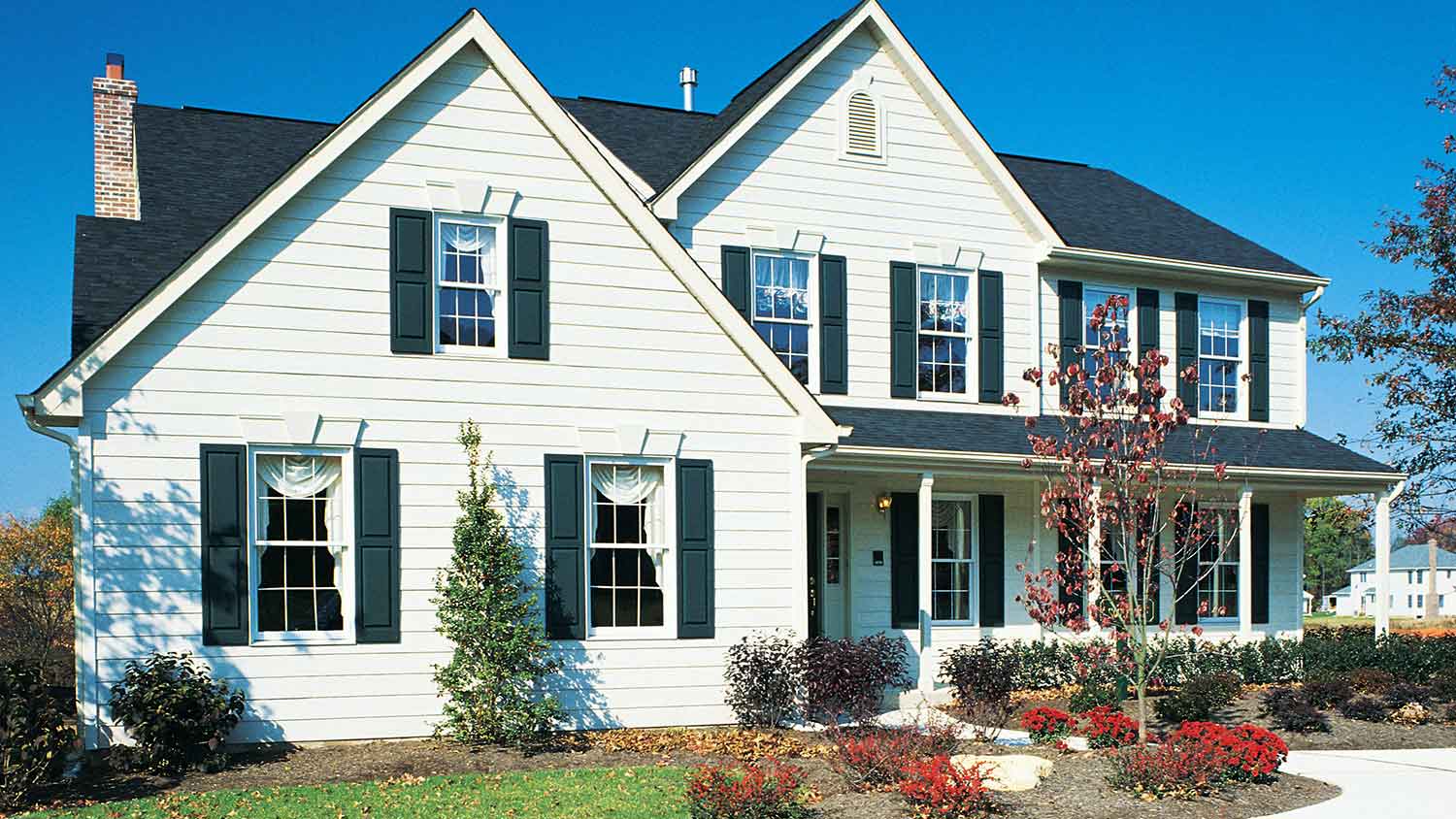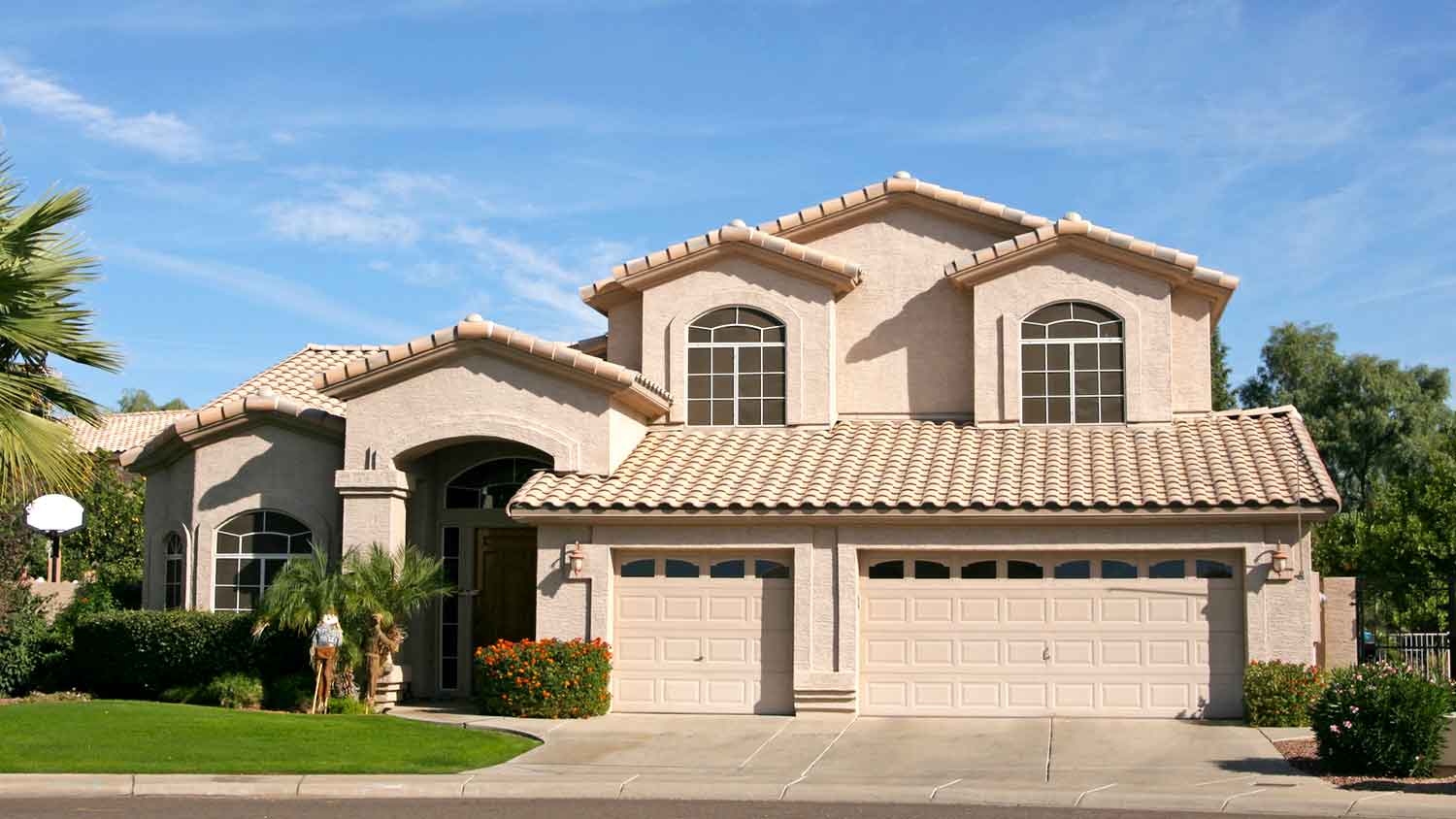
Discover the cost to stucco a house in 2025, including average prices, key factors, and tips to help you budget and plan your stucco project with confidence.
Hooks? Shelves? Art? They’re going on that stucco wall


Do you have stucco on the interior or exterior of your home? Don’t let that stop you from decorating and making full use of the available wall space. Contrary to popular belief, most types of stucco are not difficult to drill into provided you use the correct tools. Here’s how to drill into stucco properly so you won’t have to worry about problems like cracking or exposing your home to the elements.
Make sure you have the correct type of drill and drill bits before you take anything to the walls. For smaller holes less than 3/8 inch, a standard drill can do the work. However, for anything larger than that, a hammer drill might be a worthy investment because a normal drill might not be strong enough to penetrate through the stucco.
You should only use masonry drill bits covered with carbide or diamond to drill holes in stucco. Anything else wouldn’t have enough hardness. Using a hammer drill will extend your bits’ lifespan. You can also spray some water on the bits to keep them cool while drilling.
Finally, make sure you have fasteners, such as wall anchors, washers, or caulk sealant ready. Adding some type of fastener will ensure your screws stay in the wall without getting loose over time.

Drilling into stucco involves marking the hole, drilling slowly, inserting an anchor, and inserting a screw. If you follow the steps below, the screws you drill in will stay for years as long as you properly maintain the stucco.
You should always inspect the area you plan on drilling to make sure there are no electric wires behind the wall. You should also look for studs so you don’t accidentally drill into them. Using a magnet and your knuckle can help locate studs. Of course, you can also opt for a stud finder, although stud finders may not be as effective on exterior walls.
Once you know the area is safe to drill, it’s time to mark the holes. Use a leveler and a tape measure to ensure your drilling holes are even and on the same line. Use a pencil or chalk to mark out where to drill.
Going slow and steady is key when drilling into stucco walls. Drilling too quickly can chip the stucco. Once you’ve reached the desired depth, switch your drill setting to reverse and slowly back the bit out of the hole. Gently blow away any residual dust.
If working with exterior walls, insert a little caulk into the hole to protect your home from exposure to the elements. You can skip the caulking step if you’re drilling inside the house. Next, place a proper anchor into the wall to help stabilize the bolt. You can gently hammer the end of the anchor to make sure it’s all the way into the hole.
Insert the screw using a regular screwdriver or a screwdriver bit and the drill. Make sure you leave enough out so you can hang shelves or other objects onto the wall. Alternatively, place your wall hook or connector over the holes first, then tighten the screws. You can add spring washers for additional fastening to prevent the screws from loosening over time.
Since stucco contains a mesh layer, drilling can sometimes cause cracking no matter how careful you are. If you notice minor damage around your work area, apply a small amount of caulk over any cracks or fissures.
Drilling into stucco is a simple task that doesn’t require any specific skills. However, there are always merits in hiring a professional stucco contractor to handle the drilling. For example, if you are worried that there might be wiring behind the stucco, a professional will have the tools to determine whether it’s safe to drill. Also, if you don’t want to purchase a hammer drill but need to drill multiple holes throughout the house, a contractor can take the work completely off your plate.
From average costs to expert advice, get all the answers you need to get your job done.

Discover the cost to stucco a house in 2025, including average prices, key factors, and tips to help you budget and plan your stucco project with confidence.

Discover the average stucco repair cost, key price factors, and ways to save. Get expert tips to budget your stucco repair project with confidence.

Get transparent stucco inspection cost info. Learn what impacts price, how to save, and what to expect before hiring a pro for your stucco inspection.

Knowing how to measure for siding gives you a more accurate estimate for installation cost. Learn how to get measurements yourself in just a few steps.

Knowing how long stucco takes to dry is crucial for project planning and longevity. Learn the average dry time and what affects it for the best results.

Stucco siding is a fantastic siding material that can last for 50 years. Learn tips on maintaining stucco siding to keep it looking great.